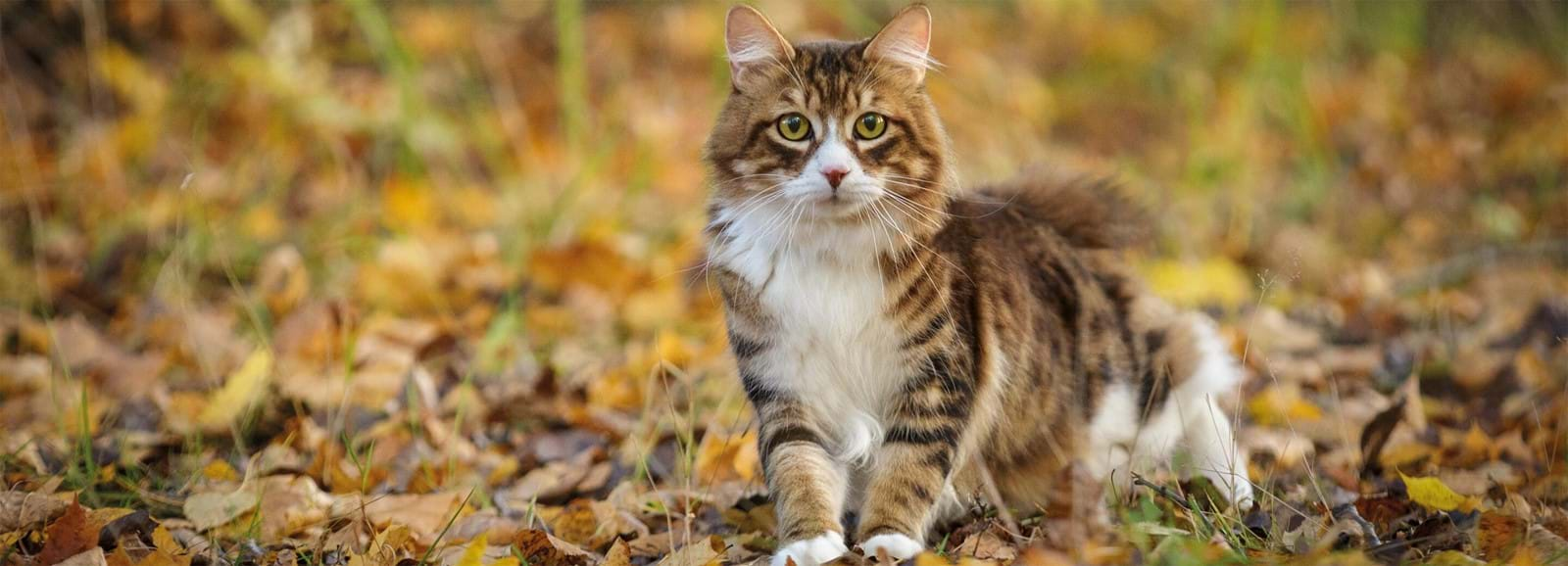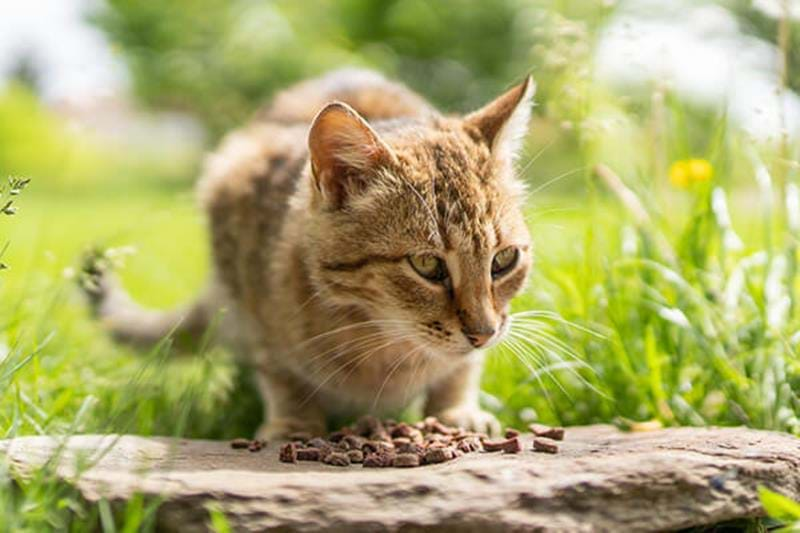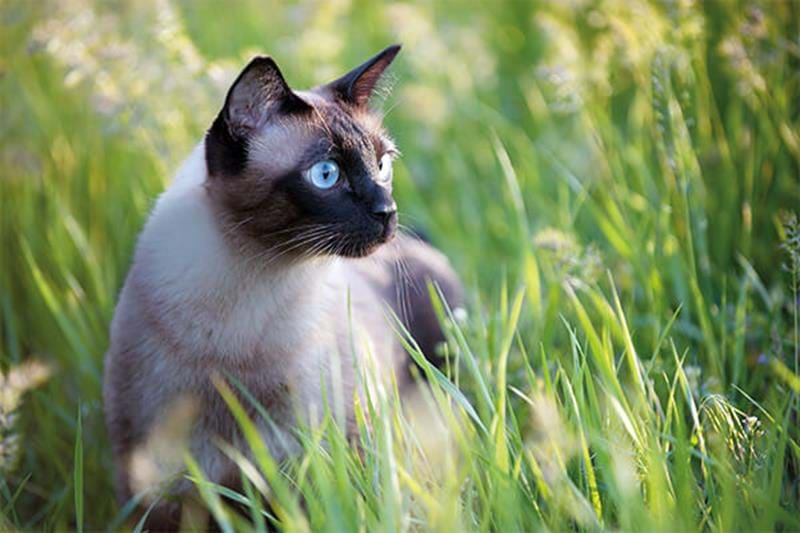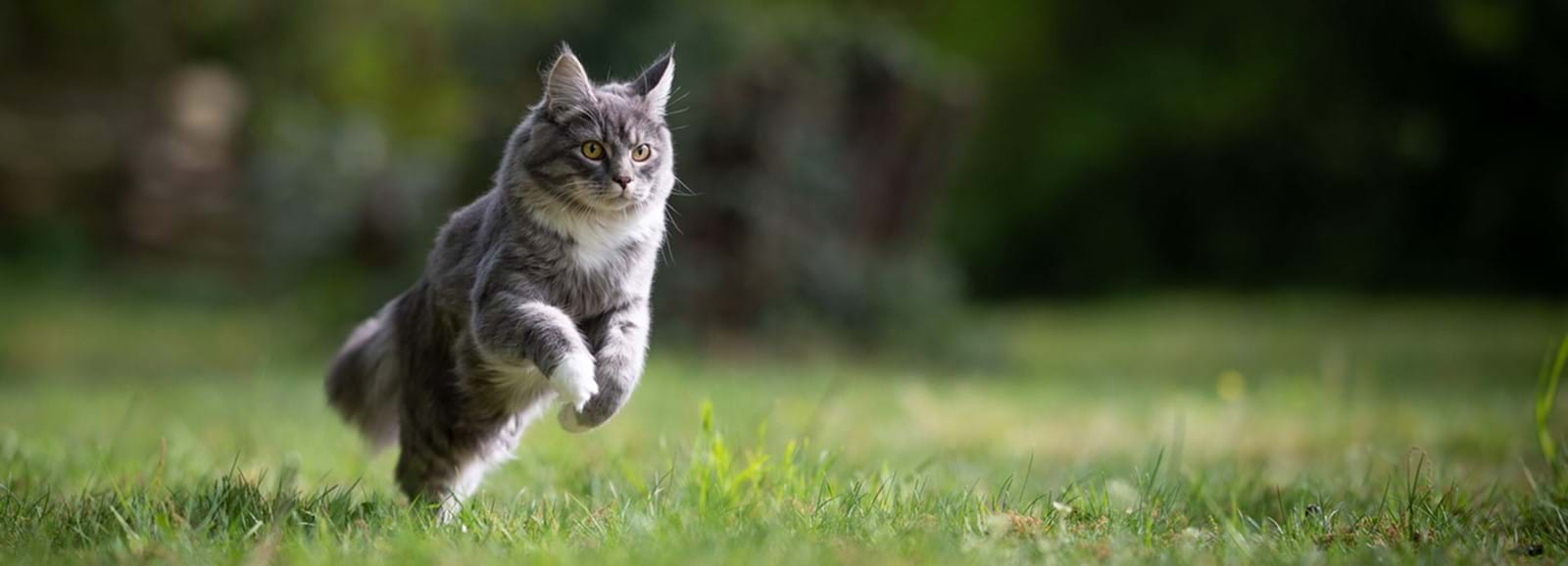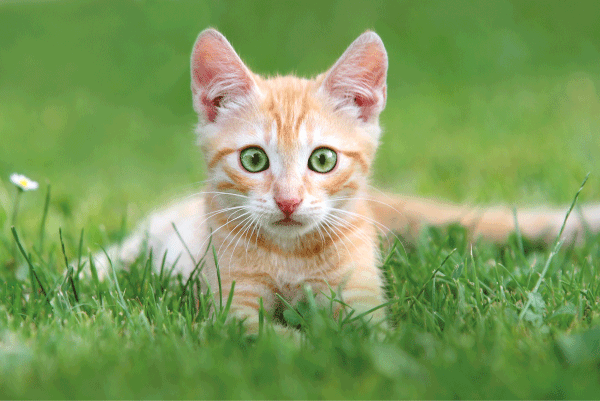Here you can find answers to some of your questions and learn more about your cat’s development, the cat’s history and understand more about your cat’s behaviour. Our experts at Bozita advise you how to help your cat feel at home with you and comfortable with other cats and dogs – and much more.
Kittens – development and socialising
When you get a cat there’s a lot to think about. You need to think about kittens and their development. Experiences during the kitten’s first stages are of great importance for the cat’s development, how it will behave as an adult, its stress resistance and its ability to handle new situations.
Above all, events that the kitten experiences during the so-called socialisation period have a strong impact on its social behaviour later in life.
For the kitten’s development, it’s important that this period includes as many positive experiences as possible, even though the kitten’s relationship with humans continues to develop until it is four months old.
Introduce a new cat to other cats
Bozita’s own cat expert Elin Hirsch is a doctor in ethology with a focus on cat behaviour. Do you want to own another cat? Receive tips and advice in this article on how to succeed when you introduce a new cat.
Introduce your cat to your dog in three steps
Introducing cats to dogs and vice versa in the hope that they’ll live happily together usually goes well, but it does require planning and patience. The most important thing to keep in mind is safety. Give the animals the right conditions so that the meeting is as positive an experience as possible and they eventually accept each other. Here are three simple steps to follow if you have a dog and are planning on adding a cat.
Cat behaviour and body language
As a cat owner it’s always fun to learn how to interpret your cat’s behaviour and body language. A cat’s body language communicates a thousand words and a cat has a wide range of different moods. Whether you are an experienced or new cat owner, it can be difficult to interpret what your cat is feeling and thinking – some signs are clear while others are more subtle.
Watch your cat’s tail, ears and face to understand its signals and how it responds to different situations.
The history of the cat
The cat has been domesticated for several thousand years and has developed from controlling vermin into a beloved family member.
Cat anatomy and physiology
There are many different breeds and types of cats, but their bodies all work in much the same way. They are built like other predators with fast reflexes and flexible bodies to easily escape dangerous animals or catch their prey while hunting.
To understand your cat’s behaviour and how their body works, it’s good to find out facts about the cat’s anatomy (how it is built) and physiology (how it works).
Can you train a cat or kitten?
Time to go to the vet or your summer house? For many cats, and cat owners, this means a stressful situation as cats are creatures of habit and are most secure in their familiar environment.
Travelling and visiting the vet doesn’t need to mean worry and stress. You can receive help to train your cat and kitten to become used to new things. This is how to reduce the risk of these situations being experienced negatively by the cat.
A cat’s journey to adulthood
As kittens grow and develop into adults their needs and behaviour changes, and learning about the different stages they go through can be helpful for both you and and your cat. Understanding this transition and adapting their lifestyle and surroundings to their needs will lay the foundations of a healthy relationship with your cat.
How to travel with a cat.
Travelling with a cat requires preparation no matter the distance, how long you’ll be away or whether you’ll travel by car, train, bus or plane. If you’re going abroad with your cat, you also need to know what rules apply in the country you’re travelling to, such as necessary vaccinations.
How much does a cat sleep?
How many hours a cat sleeps per day depends on a variety of factors, including age, activity level and personality. For example, older cats and active kittens may need more sleep than quiet indoor cats. Many people worry that their cat sleeps too much, but it’s actually very unusual for a cat to overdo it when it comes to sleep.





